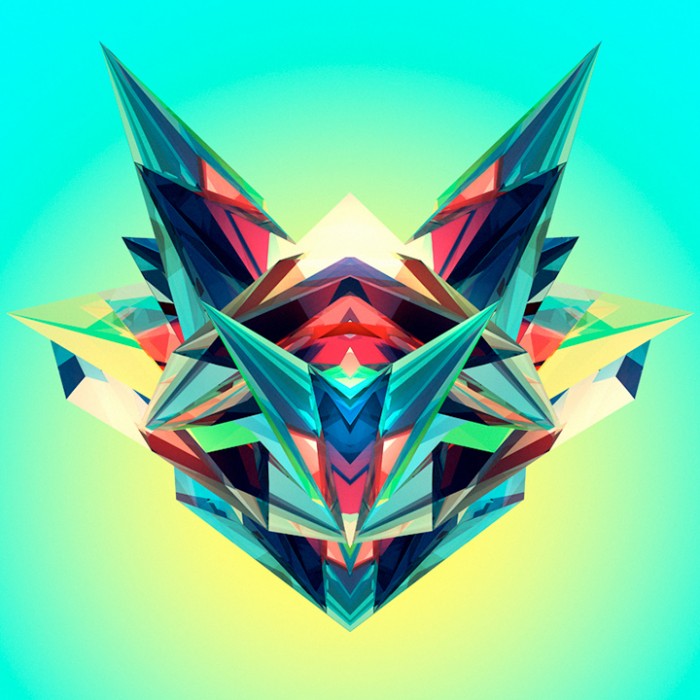
Today’s studio was full of comfort or at least I think so. It was my turn to host the afternoon tea for the three hour studio today, I bought two packets of cupcakes, a packet of Asian styled jellies and a bag of miniature apples. On top of that, there was a class discussion where Adrian asked every student to participate by sitting around in a semi-circle with Adrian in the middle. It sort of reminded me of sitting around a camp fire. The class discussion was intimate, not too intimate that it made me feel comfortable, but comfortable enough that I’m able to share my thoughts with others without suffering from social anxiety as I sometimes can. I’m usually a mouse and don’t talk in class unless I HAVE to, however, this little exercise made me appreciate the teaching style of Adrian even more.
In the studio, Adrian noted that we are in dire need to consider the details surrounding our media artefact, our thing, our object, our item, our project. How this is possible is to consider all the “nerd details” as Adrian puts in. As in, not just all the major details but the minor ones too. We need to move away to generalising our ‘thing’ and start to move towards being more specific about our ‘thing’.
For my Project #1, I worked on a A3 poster that only lightly touched upon what Apple iPhone Apps can do. To a degree, I only concentrated on that and nothing else. I didn’t focus on what the app actually is and to be frank, I didn’t even think of that, which was utterly silly of me. After presenting and obtaining the feedback from Adrian and my fellow peers, I realised that I needed to work on not only my presentation skills but also the “nerd details” of my thing. All students had two minutes to present their poster, I only presented a faction of that time. What I learnt that day was that I should be more aware and be more organise for the next time I have a class presentation. I knew I had a class presentation on Wednesday this week, however, I didn’t prepare for it. I thought I could just wing it and that’ll be it. I just wanted to get it over and done with. I have to change my attitude and my perspective of this project if I want to succeed in this course, not only for the assessments but in general.
There’s going to be lots to do over the weekend and I haven’t even started on my Project #2, I’ve only looked up some referencing that I think that is usable for the project, nonetheless, I don’t think the references I’ve collected is of any use. I’ve created a little folder on my Mac, for which I am ready to download any articles that I think is suitable to reference for my project.
I will be creating and working on a poster – yes, I am that lame – that said, I’d like to make sort of like a family tree of the iPhone app, how I’m going to do that is beyond me, but I’ll figure out a way somehow, well…. I sort of have to. I plan to investigate upon a photo editing app, an app something similar to Photoshop but not quite, I want to investigate a photo editing app that can apply effects or filters to an image. And with that edited image, can be shared on a vast range of social media networking websites or apps like Instagram or Facebook.
We just got to see how this all goes…..
It’s going to be one hell of a roller-coaster ride.
Emotions are going to run high.
Far out!!!






















